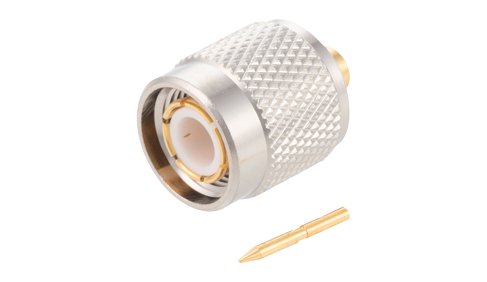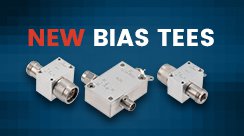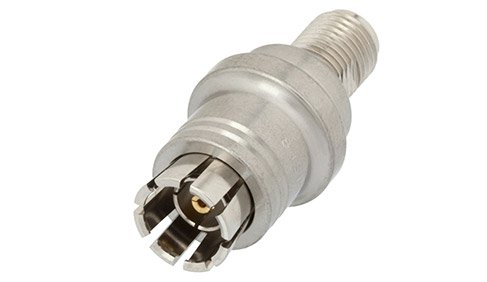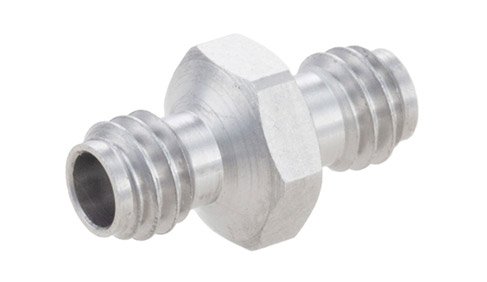What Are TNC RF Connectors?

As RF circuits and electronics became more prevalent in military and defense applications in the 1950s, there have been a variety of RF connector types that were developed to solve the challenges for specific applications. One of these connectors that became referenced in MIL-STD-348 was invented by Paul Neill and Carl Concelman, the Threaded Neill-Concelman or TNC RF Connectors. The TNC connector was developed by the same pair that developed the BNC connector and is essentially a threaded BNC connector.
The threaded connector of the TNC enables superior RF performance over the bayonet type connector of the BNC. While BNC connectors are typically only specified to 2 GHz, TNC connectors are often specified to 11 GHz. Like BNC connectors, TNC connectors can be found in 50-Ohm, 75-Ohm, and reverse polarity variants. The TNC connector uses a 7/16 in by 28 thread (7/16”-28). This should not be confused with a DIN 7/16 (7/16 DIN) connector which is designated based on the diameter of the mating services in millimeters.
Given the legacy of BNC and TNC connectors, these connectors are still widely used for applications below 10 GHz. There are extended frequency range designs, or high precision designs, of these connectors that push the upper frequency range to 18 GHz, similar to precision SMA connectors. These connectors are found in aerospace applications, avionics equipment, radar, and terrestrial communications such as cellular base stations and antenna connectors. The TNC standard, and TNC Female RF Connectors For Terminals, are designed to be ruggedized coaxial connectors, which is why these connectors are often used in harsh environment applications.
Moreover, TNC connectors have wide compatibility with many common RG coaxial cable types and many others. The exact compatibility depends on the type of attachment methods used with the TNC connector, of which there are several varieties including crimp, solder, and push connectors. As with many other coaxial connector standards, it is common to use male coaxial connectors in cable assemblies and female coaxial connectors as bulkhead, terminal, or panel mount connectors. This isn’t a standardized rule, merely common practice. For instance, it is more common to see TNC Male Connectors For Coax and female terminal connectors than vice versa.
Some manufacturers use female contacts inserted into plugs and male contacts inserted into jacks to ensure incompatibility between reverse polarity and standard polarity TNC connectors. Other manufacturers may instead use reverse threading on the plugs and jacks to ensure incompatibility between the two types.



